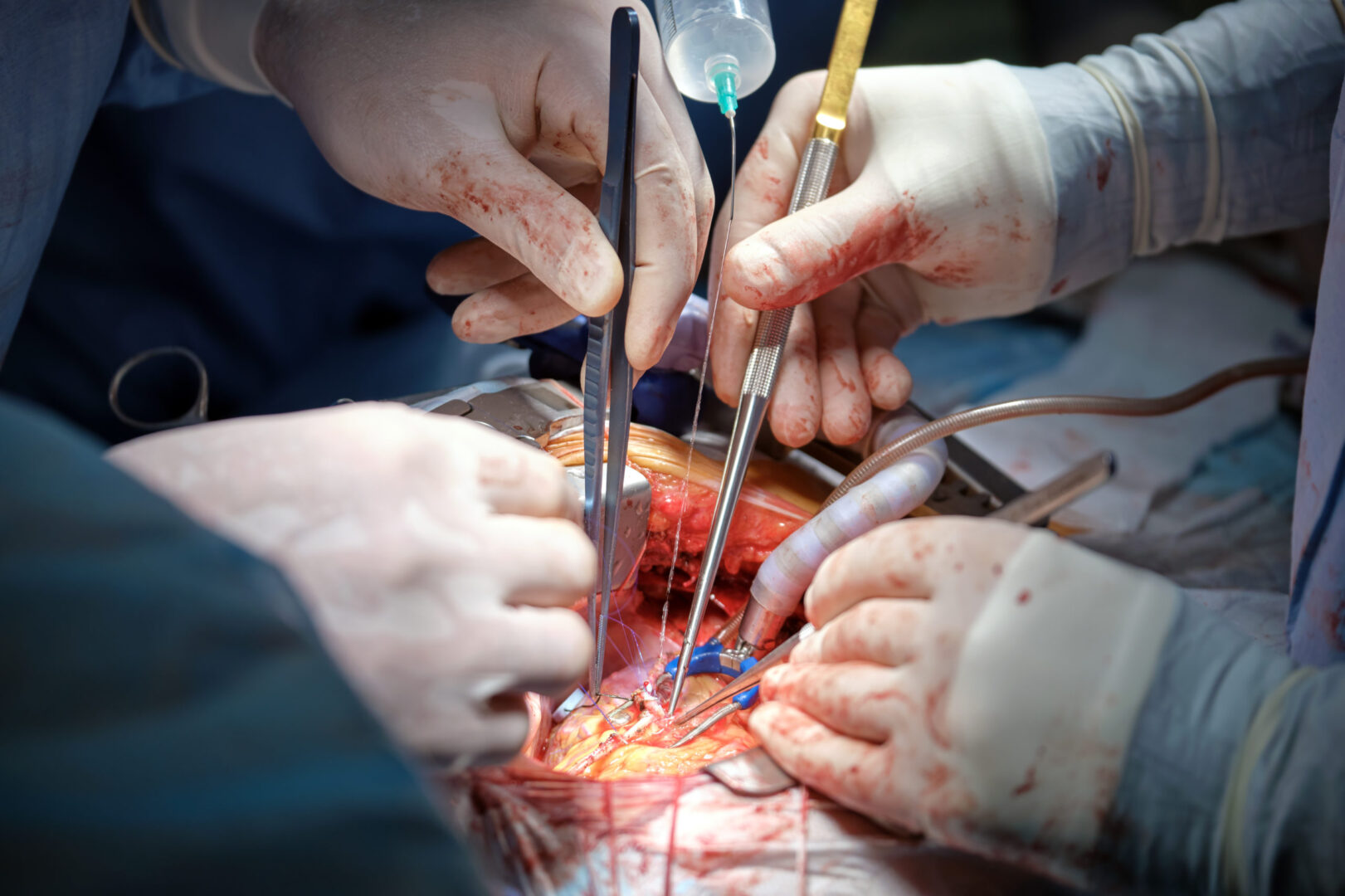We now describe the 5th principle of LUCI. It should be understood that the A-profile is defined by both lung sliding and the A-line. Note that a Lung sliding associated to one, or even 2 B-lines, is still in the definition of an A-profile (3 B-lines would change it into a B-profile. We do not use transversal scans. This would make lung ultrasound more difficult. Slight movements (of the physician or patient) would deeply change the image. Our 5 MHz microconvex probe is perfect for this part of lung investigation.
1. THE ARTIFACT WHICH DEFINES THE NORMAL LUNG SURFACE: THE A-LINE
Once a probe is applied on an intercostal space, only artifacts (from bones and lungs) are visible. These artifacts were always considered undesirable. Let us see them with more attention. For the sake of rapid communication, they were given short names using alphabetic classification (we describe 12 of them at the pleural line: A-, B-, C-, F-, I-, J-, N-, O-, P-, T-, X-, and Z-lines). This is simpler than seemingly at first view. Other artifacts are described above the pleural line (E-, S-, W-line), in other parts of the body (G-, M-, R-, V-, U-lines), or outside the body (H-, K-lines). Most are either horizontally or vertically oriented. The normal artifact arising from the pleural line, i.e., displayed in Merlin’s space, is the repetition of the pleural line, a roughly horizontal hyperechoic fine line parallel to the pleural line (Fig. 1).

Fig. 1 The A-line. The normal lung surface. The right vertical scale is centimetric. The pleural line is 1.75 cm deep, located half a cm below the rib line (vertical arrows, ribs). The horizontal lines visible at cm 3.4 and cm 5.2, in Merlin’s space, are repetitions of the pleural line. These are the A-lines (horizontal arrows). They are located at standardized distances: the skin-pleural line distance, here 1.75 cm. The first A-line is large (upper arrows). The pleural line and the A-lines cannot be confused with other horizontal lines located above or below. Note that the center of gravity of the A-line is the head of the probe (the top of the image), as opposed to the one of the B-line, which is at the pleural line.
We coined this artifact the A-line, following the alphabetic logic in a nascent discipline. Air blocks the ultrasound beam, which comes back to the head, yielding this regular artifact. The distance between the pleural line and the A-line is equal to the skin-pleural line distance. Several equidistant A-lines can be visible. They can be called A1-lines, A2-lines, etc., according to the number of observed lines, with little clinical relevance. Of same relevance, horizontal artifacts are sometimes seen between two A-lines and called “sub-A-lines” and even “sub-sub-A-lines”. The A-line can be as long as the pleural line (slightly longer, given the sectorial image) but can be shorter or even not visible (Fig. 2).

Fig. 2 The O-Line. Merlin’s space is completely homogeneous here, without any anatomic nor artifactual image, horizontal (A-lines) or vertical (B-lines). The arrows delineate the expected location of real A-lines. This artifact, non-A non-B but having the value of A-lines, has been called O-line (don’t search for any line; O is also for zero). As opposed to endless zoologic discussions about the zebra’s coat, this figure proves that the natural tone of air is dark on ultrasound. Normal or pathologic gas (pneumothorax) can yield O-lines
In this case, Merlin’s space is homogeneous and darker than the pleural line. Slight Carmen maneuvers may make appear A-lines, but this is not a clinical problem, provided there is no visible B-line. This absence of any artifact is called O-line (O for non-A non-B) or again A-line, if one accepts to call the first visible A-line the “A1-line.” In other words, to see the complete absence of any artifact arising from the pleural line has the clinical meaning of the A-line: just gas. The O-line concept allows to demonstrate the real tone of air: hydro-aeric artifacts (the B-lines) give hyperechoic patterns, up to a completely white diffuse Merlin’s space. We conclude that fluids, traditionally described as anechoic, yield hyperechoic tone, when they are minute and surrounded by gas. We also conclude that the natural tone of the pure air is, in the ultrasound world, the dark.
2. NOTE
The A-line is the normal artifact, yet it is also one of the signs of pneumothorax. What should be understood is that A-lines indicate air, either quasi-pure (normal lung surface) or pure (pneumothorax). The air of the ICU room, when the probe is on its stand, generates a kind of horizontal lines, the H-lines. Air yields horizontal lines.
3. OTHER ARTIFACTS
The main other artifact is the vertical B-line. Its description raises a didactic issue: it is pathological but some locations are found at the normal lung.
4. SOME HISTORY
The first official mention of the label “A-lines” was made in 1997 [1].







